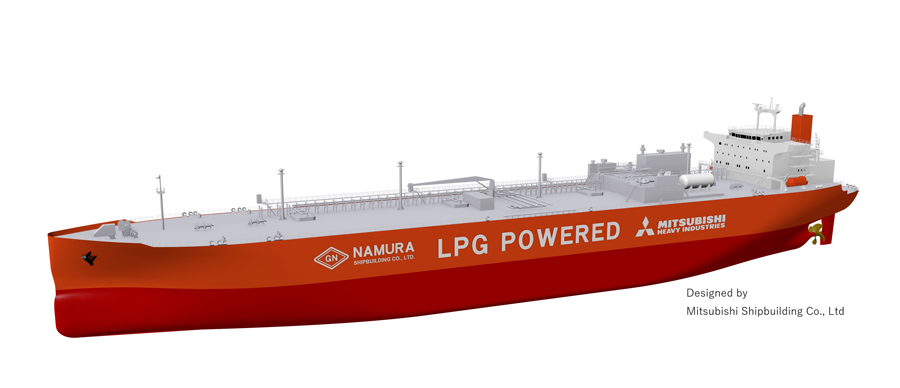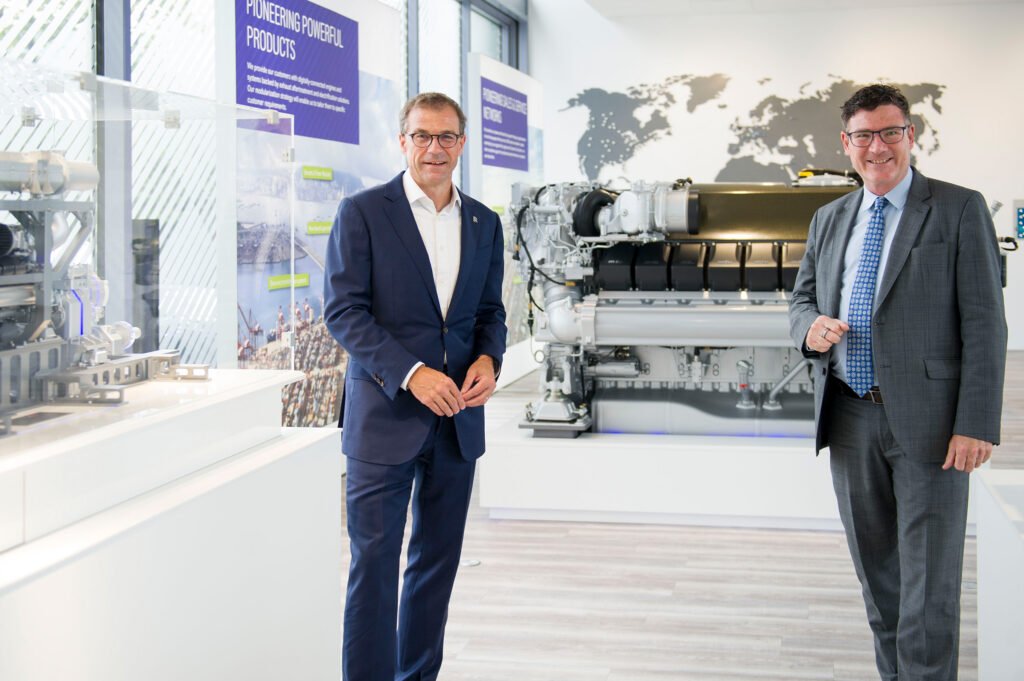JAL Announces International Fare Fuel Surcharge for Tickets Issued Between October and November 2021
Japan Airlines (JAL) has requested for approval from Japan`s Ministry of Land,Infrastructure, Transport and Tourism (MLIT) to set the level of fuel surcharge on international passenger tickets purchased in Japan between October 1 and November…




